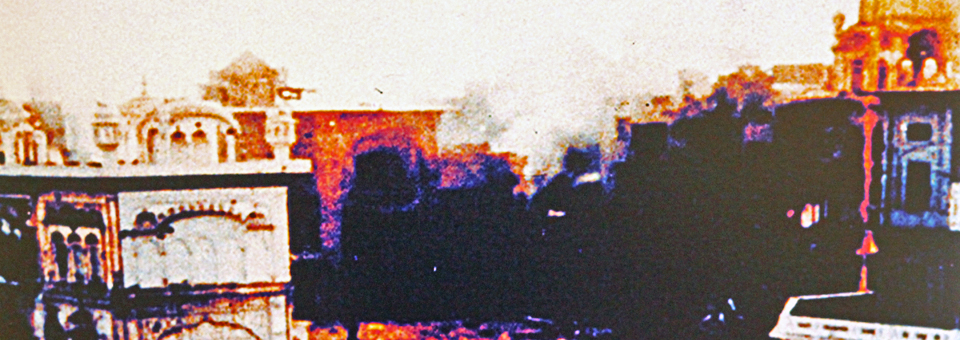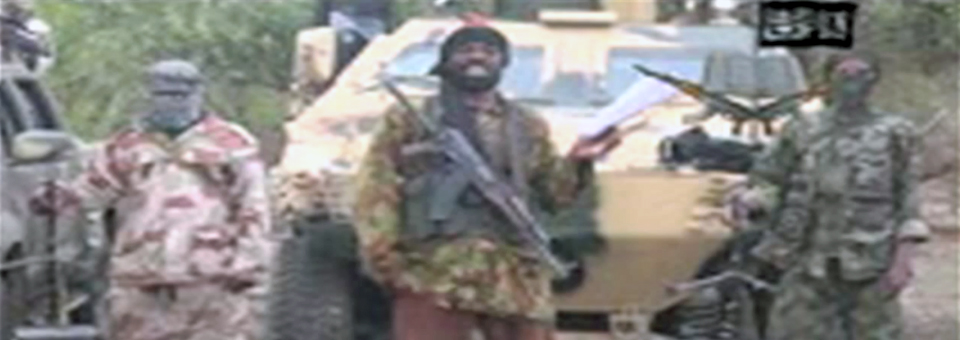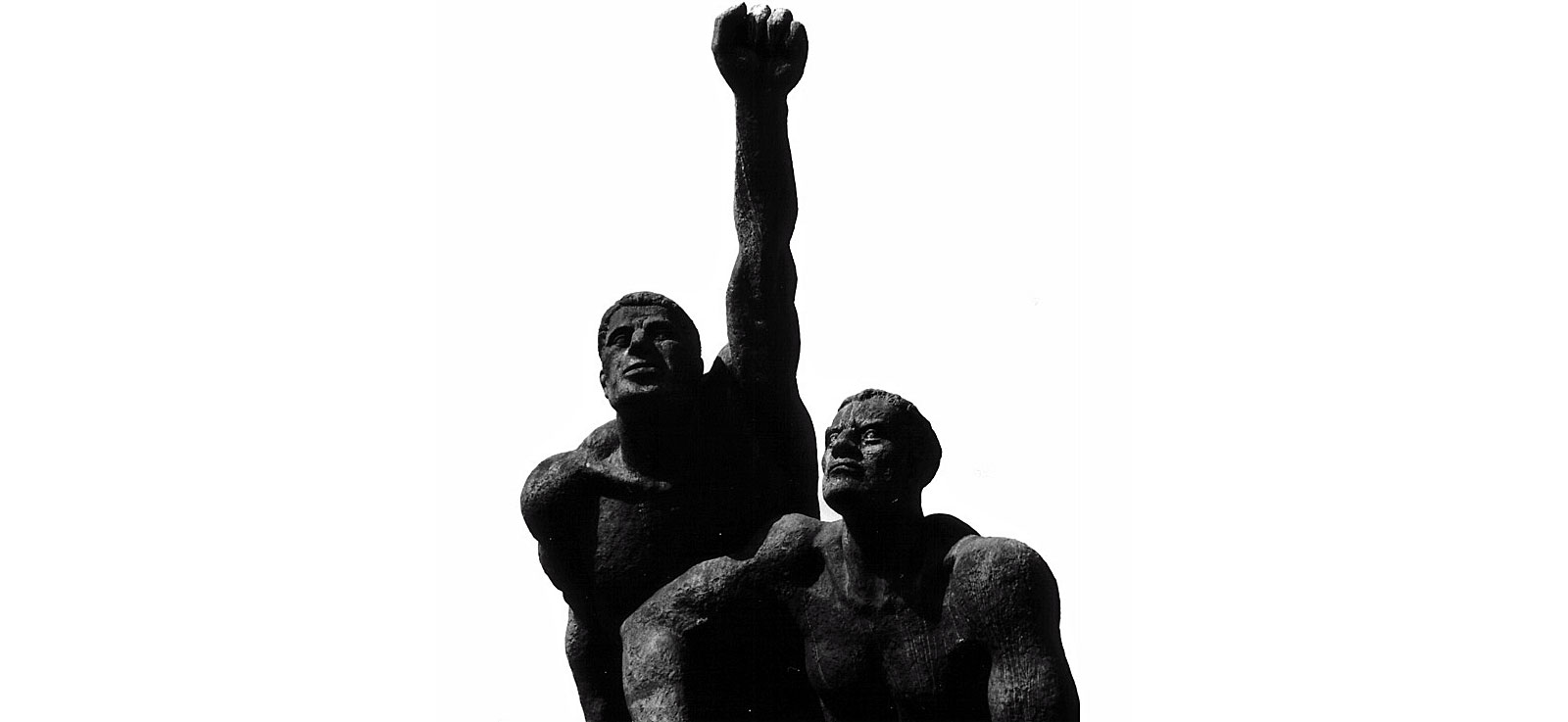The recent opening of the Sikh Martyrs’ memorial in the Darbar Sahib complex at Amritsar has generated a great deal of news, much of which has led to a lowering of the significance and true purpose of a memorial for the events of June 1984.
The seva to build this memorial was given by the Shiromani Gurdwara Parbandhak Committee (SGPC) last year to one faction of the Sikh seminary, the Dam Dami Taksal headed presently by Baba Harnam Singh Dhuma. Due to be ready by June 2013, it was built ahead of time and opened to the public in the last week of April in the presence of the Jathedar of Akal Takht Sahib, along with the President of the SGPC and other religious representatives.
The memorial is close to the Akal Takht Sahib but lies behind a building out of common sight. A large notice board summarises a brief history of the events of June 1984 and briefly touches upon Sant Jarnail Singh Bhindranwale before a set of stairs lead upward to the entrance. Built in memory of Sikhs who died during the assault on Darbar Sahib by the Indian Armed Forces, the memorial has proven controversial to some for being dedicated specifically to Sant Jarnail Singh Bhindranwale in whose name a plaque has been placed. Further inside this cylindrical one-storied structure, a wall clock containing a picture of Sant Jarnail Singh and a monetary collection box bearing his name were placed beside the throne of the Guru Granth Sahib.
Since the decision to build a memorial was announced, a section of the public mostly related to the political Bharatiya Janata Party (BJP) has raised objections. As an alliance partner of the ruling Shiromani Akali Dal (SAD) in Punjab, the BJP exerted enough pressure on their Sikh coalition partner to stay away from the opening and the project itself, despite SAD having been party to the decision to build it. On the floor of the Punjab Assembly, Chief Minister Parkash Singh Badal went further by assuring the House that the memorial would not bear the name of any individual.
The purpose of any memorial is to safeguard the remnants of a tragic event so that the history of what took place can be safeguarded and shown to coming generations. The events of the 1984 Indian Army attack touch a raw nerve with the widest section of Sikhs and others who care about humanity and dignity. But this tragedy has been repeatedly harvested for political gains by the present ruling Sikh political party for individual and party purposes, without ever caring to fully address the questions of what led to this tragic event and assuring that no such tragedy will ever be repeated. It has been the game of politics which they have played for too long a period.
The BJP objections grew louder upon seeing the names of Sant Jarnail Singh Bhindranwale, General Shubheg Singh, Bhai Amrik Singh and Baba Thara Singh on the memorial and urged Punjab’s Chief Minister to remove those signs. In the face of such pressure, the SGPC President Avatar Singh Makkar sided with the BJP stance and claimed ignorance of agreements to dedicate the memorial to Sant Jarnail Singh Bhindranwale by name. He publicly requested the Dam Dami Taksal head to remove the board and other signs – a request which was strongly refused. Once the SGPC took control of the memorial following its opening, officials made a failed attempt under the cloak of night to remove the references to Sant Jarnail Singh Bhindranwale including the notice board which shows the history behind the Indian Armed Forces’ assault. They did however replace both the wall clock and money collection box.
The SGPC President has denied that any of this occurred and has instead formed a committee to urge the Dam Dami Taksal head to follow instructions; an action that has been met by condemnation and accusations from the Taksal levelled at the SGPC for running away from the original resolution to name the memorial in memory of the martyred Sant Jarnail Singh Bhindranwale. The intervention of Akal Takht jathedar was sought but has since failed to resolve the issue. Bookings for Akhand Paaths at the memorial have been stopped by the SGPC until further notice.
These happenings have led to a lowering of the importance of this site and show the appalling state of affairs within the Sikh ruling party which in turn runs the SGPC in both Punjab and Delhi. This memorial should be marking the tragic events that plagued the Sikhs and Sikh youth in particular for more then a decade when a whole generation vanished. Instead of preserving history in a true form so that coming generations can relate to those times, most of the historically significant structures have now been rebuilt. Immediately after the Indian Army attacked, the Government of that time realised that history had to be wiped clean so that no sign of the event would remain and for this purpose rebuilt the Akal Takht Sahib with the help of an obliging clergy and babas of Punjab, who today command respectable positions. Within a short span of time Sikhs revolted and in the name of kar sewa unravelled the State-sponsored rebuilt structure and began the process of building again. But even those Sikh volunteers did so without caring for the fact that they too were helping in a manner to erase or rewrite history.
The true value of a memorial for the events of 1984 is being destroyed from all sides, much like so many other important sites from Sikh history, be it the wall of Sirhind in which the younger sons of Guru Gobind Singh were bricked alive or the haveli of Nawab Todar Mal in Fatehgarh Sahib. This memorial is built in such a manner that it is hardly visible from the parikarma of the complex where so many fought for their lives; when I visited after the opening, I had to make a great effort to locate it. For so long, many people with real vision have been pleading that some symbol of significance depicting the true picture of the Indian Army’s destruction at Darbar Sahib be put up to catch the public eye and remind people about history in a real sense. Now as the memorial has cemented the ashes of the tragic event, its respect and significance should be preserved. Without naming those in whose memory it was built, what will this memorial signify?






